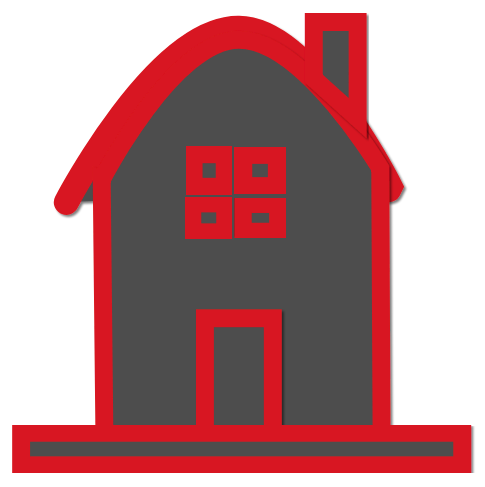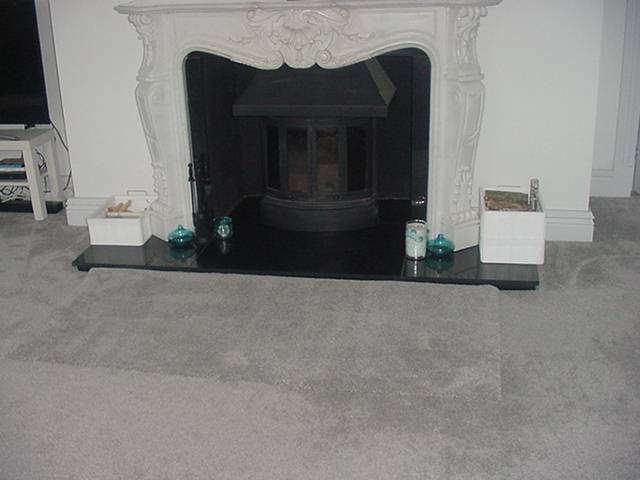Advice on Heating and Ventilation
Keeping your home warm and comfortable
Living in a home which is warm and dry is important for both the well-being of the occupants but also in keeping the fabric of the building and its decorations in long-term good order. The 1st Rents estate covers different sizes and styles of property built from Victorian times to the late twentieth century. As such there are many variables in terms of insulation, ventilation and heating provided. However, there are aspects common to all properties which if followed will help keep your home comfortable, warm and dry. |
|
Use of heating provided A moderate and constant heat throughout the house rather that short bursts of high temperature will ensure a comfortable living environment and importantly help to eliminate condensation. Modern central heating systems allow controls for temperatures to each room and that of the hot water. If you have a working open fire the chimney will be swept annually to ensure it is safe to use. You should also have a working Carbon Monoxide detector in the same room as the fire or stove. Whilst the flue will provide ventilation to the room it will also allow the escape of any heat from the room. If you do not use the fire frequently a ‘Chimney Balloon’ or similar can help in that regard. Alternatively, a board can be placed across the void when the fire is not lit. |
Reducing or eliminating condensation
Moisture-laden air must be allowed to escape from rooms otherwise the vapour will condense on a nearby cold surface and if not dealt with can lead to mould outbreaks. The following points will help in eliminating condensation.
Ventilation and air extraction
Where fitted make full use of extractor fans and do not allow any permanent sources of ventilation, such as airbricks, to be obstructed. Allow free movement of air behind furniture and within cupboards and wardrobes.
Kitchens and bathrooms
These rooms produce most of the moisture within a home and should be ventilated to the outside properly after use and doors to other rooms kept closed whilst in use. If you have an en-suite shower close the door to the bedroom when shower is used.
When cooking, cover boiling water in pans to ensure steam does not escape into the room. Make full use of any extraction equipment such a cooker hood where supplied and open a window if necessary.
Drying of laundry Drying of laundry inside increases the moisture in the air significantly and if not managed will condense within the room being used. Where possible dry laundry outside; if it is essential to dry indoors use a heated and well ventilated room, until the items are dry. An alternative solution would be a tumble dryer vented to the outside. |
|
Use of portable, Butane or Calor gas appliances
Portable gas appliances generally emit large quantities of moisture into the air and for that reason should not be used within the home.
The above is not exhaustive but can help you live more comfortably whilst helping to protect the fabric of the property.




